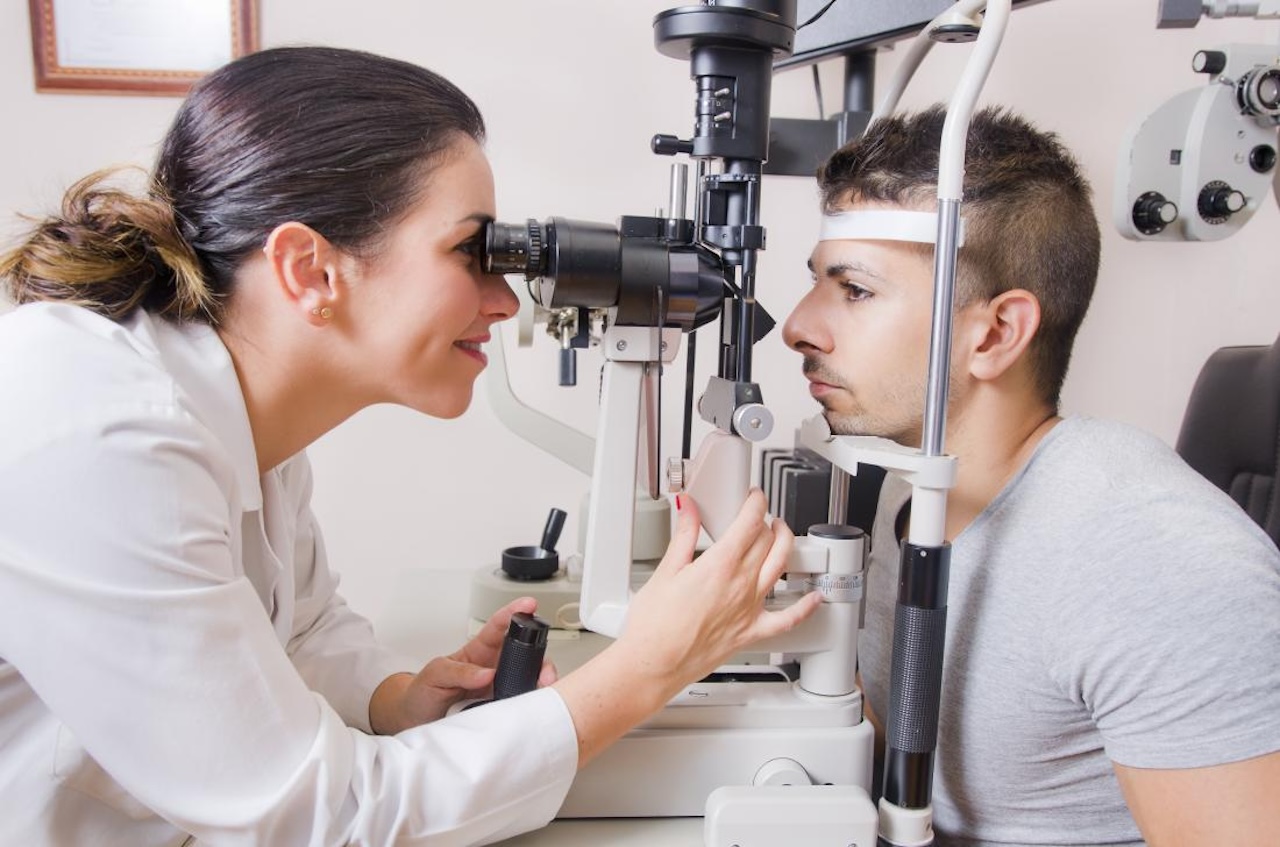

Furniture
What Is A Slit Lamp
Modified: December 12, 2023
Discover the uses and benefits of a slit lamp in the field of furniture design and manufacturing. Learn how this essential tool enhances precision and quality control.
(Many of the links in this article redirect to a specific reviewed product. Your purchase of these products through affiliate links helps to generate commission for Storables.com, at no extra cost. Learn more)
Introduction
A slit lamp is a vital tool in the field of ophthalmology, enabling eye care professionals to examine the eye's anterior and posterior segments with remarkable precision. This specialized instrument, also known as a biomicroscope, produces a high-intensity light beam that can be focused to shine as a thin slit, allowing for detailed visualization of the eye's structures. The slit lamp's versatility and effectiveness in diagnosing various eye conditions make it an indispensable asset in eye care practices worldwide.
The evolution of slit lamps has significantly contributed to the advancement of ocular diagnostics and treatment. Understanding the history, components, functionality, and applications of this instrument is crucial for both eye care professionals and individuals seeking insights into the fascinating world of ophthalmic technology. In this comprehensive guide, we delve into the intricacies of slit lamps, shedding light on their origins, operational mechanisms, and diverse uses.
Join us on a journey through the fascinating realm of slit lamps, where we unravel the mysteries behind this indispensable tool and explore its pivotal role in safeguarding ocular health.
Key Takeaways:
- The slit lamp is a powerful tool used by eye doctors to examine the eye in great detail, helping them diagnose and treat various eye conditions with precision and care.
- The slit lamp has evolved over time, incorporating advanced technology to enhance its diagnostic capabilities, making it an essential instrument in the world of eye care.
Read more: What Is A Lamp
History of the Slit Lamp
The inception of the slit lamp can be attributed to the ingenious minds of ophthalmic pioneers. In 1911, the esteemed ophthalmologist Alvar Gullstrand introduced the first slit lamp, revolutionizing the field of eye examination. Gullstrand’s groundbreaking creation marked a significant leap forward in the visualization of ocular structures, laying the foundation for modern slit lamp technology.
Building upon Gullstrand’s pioneering work, subsequent innovators such as Allvar Gullstrand and Harold Ridley further refined the design and functionality of slit lamps, enhancing their diagnostic capabilities and ergonomic features. Over the years, advancements in optics, illumination, and imaging technology have propelled slit lamps to the forefront of ocular diagnostics, enabling clinicians to conduct comprehensive assessments of the eye’s intricate anatomy with unparalleled clarity and precision.
The evolution of slit lamps has been characterized by a relentless pursuit of innovation, with each iteration incorporating state-of-the-art enhancements to improve diagnostic accuracy and patient comfort. From the early models with rudimentary light sources to the modern-day slit lamps equipped with advanced imaging capabilities and digital documentation systems, the journey of this indispensable instrument reflects the tireless dedication of visionaries committed to advancing ophthalmic care.
Today, slit lamps stand as a testament to the remarkable progress achieved in the field of ophthalmic technology, serving as indispensable tools in the hands of eye care professionals dedicated to preserving and enhancing vision. The rich history of the slit lamp serves as a testament to human ingenuity and the relentless pursuit of excellence in the noble pursuit of ocular health.
Components of a Slit Lamp
A slit lamp comprises several essential components that collectively enable precise and comprehensive examination of the eye. Understanding the function and interplay of these components is crucial for harnessing the full diagnostic potential of this indispensable instrument.
- Illumination System: The illumination system of a slit lamp is a fundamental component that provides a high-intensity light source, typically emitted from a halogen or LED bulb. This intense illumination is directed through a series of lenses and filters to produce a focused beam, which can be adjusted in width and height to suit specific examination requirements.
- Slit Projector: At the heart of the slit lamp is the slit projector, which allows for the precise adjustment of the light beam into a thin, elongated slit. This adjustable slit can be customized in terms of width, length, and angle, facilitating detailed examination of the eye’s anterior segment.
- Binocular Microscope: The binocular microscope, equipped with oculars and objective lenses, enables magnified visualization of the eye’s structures. By providing stereoscopic views and variable magnification levels, the binocular microscope empowers clinicians to scrutinize ocular tissues with exceptional clarity and depth.
- Chinrest and Headrest: To ensure patient comfort and precise alignment during examinations, slit lamps are equipped with adjustable chinrests and headrests. These ergonomic features facilitate stable positioning of the patient’s head, allowing for consistent and reproducible imaging of the eye.
- Joystick and Fine Adjustment Controls: The inclusion of intuitive joystick controls and fine adjustment knobs enables clinicians to maneuver the slit lamp’s components with precision, making subtle alterations to the illumination angle, slit width, and microscope positioning during examinations.
- Integrated Imaging Systems (Optional): Modern slit lamps often incorporate integrated imaging systems, such as digital cameras or video capture devices, allowing for the documentation and storage of ocular images and videos for further analysis and patient records.
These essential components synergize to form a cohesive and versatile platform for comprehensive eye examinations, empowering eye care professionals to conduct detailed assessments and deliver optimal care to their patients.
How a Slit Lamp Works
The functionality of a slit lamp revolves around the precise manipulation of light and optics to visualize the eye’s structures in intricate detail. Understanding the operational principles of a slit lamp unveils the intricacies of its design and the remarkable capabilities it offers for ocular examinations.
At the core of a slit lamp’s operation is the illumination system, which generates a high-intensity light beam emitted from a halogen or LED source. This intense light is directed through a series of lenses and filters, culminating in the creation of a focused, adjustable slit projected onto the eye. The slit projector allows clinicians to customize the width, length, and angle of the slit, tailoring it to specific diagnostic needs.
As the adjustable slit illuminates the eye’s anterior segment, the binocular microscope comes into play, providing magnified and stereoscopic views of the ocular structures. By peering through the oculars and manipulating the joystick controls, clinicians can finely adjust the microscope’s positioning and magnification levels, enabling detailed scrutiny of the cornea, iris, lens, and anterior chamber.
During posterior segment examinations, the slit lamp facilitates the visualization of the retina, optic nerve, and vitreous humor by employing specialized lenses and illumination techniques. By utilizing additional lenses and adjusting the illumination angle, clinicians can explore the intricate anatomy of the eye’s posterior segment with exceptional clarity and precision.
Furthermore, the integration of imaging systems in modern slit lamps allows for the capture and documentation of ocular images and videos, enhancing diagnostic capabilities and facilitating comprehensive patient records. Whether diagnosing corneal irregularities, assessing intraocular structures, or monitoring ocular pathologies, the slit lamp’s versatility and precision make it an indispensable tool in the armamentarium of eye care professionals.
By harnessing the synergy of advanced optics, precise illumination, and ergonomic design, slit lamps empower clinicians to conduct thorough ocular examinations, diagnose a myriad of eye conditions, and devise tailored treatment plans to safeguard and enhance the precious gift of sight.
Uses of a Slit Lamp
The versatility and precision of a slit lamp render it indispensable for a wide array of diagnostic and therapeutic applications in the field of ophthalmology. From routine eye examinations to the assessment of complex ocular pathologies, the slit lamp serves as a cornerstone in the armamentarium of eye care professionals, enabling comprehensive evaluations and targeted interventions.
- Anterior Segment Examination: The slit lamp facilitates detailed assessments of the eye’s anterior segment, allowing clinicians to inspect the cornea, conjunctiva, iris, lens, and anterior chamber with exceptional clarity. By adjusting the slit width and angle, ophthalmologists can diagnose corneal abrasions, foreign bodies, cataracts, and anterior chamber anomalies, guiding appropriate treatment decisions.
- Glaucoma Evaluation: In the diagnosis and management of glaucoma, the slit lamp plays a pivotal role in assessing the drainage angle, optic nerve head, and retinal nerve fiber layer. By utilizing specialized lenses and illumination techniques, clinicians can detect subtle changes indicative of glaucomatous damage, guiding therapeutic strategies to preserve visual function.
- Retinal Examination: The slit lamp, in conjunction with specialized lenses and imaging modalities, facilitates the visualization of the retina, optic nerve, and vitreous humor. This capability is instrumental in diagnosing retinal pathologies such as diabetic retinopathy, macular degeneration, and retinal detachments, guiding timely interventions to preserve vision.
- Contact Lens Fitting: Slit lamps are essential in the fitting and evaluation of contact lenses, enabling clinicians to assess lens positioning, tear film dynamics, and corneal health. By meticulously examining the interaction between the contact lens and ocular surfaces, practitioners can optimize lens selection and provide personalized solutions for visual correction.
- Post-operative Care: Following ocular surgeries, such as cataract extraction or corneal transplantation, slit lamps are utilized to monitor post-operative healing, assess intraocular lens placement, and detect complications such as inflammation or infection. This proactive approach ensures optimal surgical outcomes and enhances patient safety.
Furthermore, the slit lamp’s role extends beyond diagnostics, as it serves as a platform for therapeutic interventions such as laser procedures, foreign body removal, and minor ocular surgeries. The diverse applications of the slit lamp underscore its significance as a versatile and indispensable tool in the comprehensive care of ocular health.
By harnessing the power of precision optics, adjustable illumination, and ergonomic design, the slit lamp empowers eye care professionals to deliver meticulous examinations, accurate diagnoses, and targeted treatments, ultimately preserving and enhancing the precious gift of vision.
A slit lamp is a microscope with a bright light used by eye doctors to examine the eyes. It helps them see the front and back of the eye in detail.
Read more: What Is A Tiffany Lamp
Advantages and Limitations of a Slit Lamp
The slit lamp stands as a cornerstone of ocular diagnostics, offering a myriad of advantages that empower eye care professionals to conduct comprehensive examinations and deliver optimal care. However, it is important to acknowledge the limitations inherent in its design and functionality, providing a balanced perspective on its utility and scope of application.
Advantages:
- Precision and Detail: The slit lamp’s ability to produce a focused, adjustable slit of light enables clinicians to visualize ocular structures with remarkable precision and detail, facilitating the detection of subtle abnormalities and guiding targeted interventions.
- Magnification and Stereopsis: By incorporating binocular microscopy with variable magnification levels, the slit lamp provides stereoscopic views of the eye’s anatomy, enhancing depth perception and enabling thorough examinations of ocular tissues.
- Versatility: From anterior segment evaluations to posterior segment assessments, the slit lamp accommodates a diverse range of diagnostic and therapeutic applications, making it a versatile and indispensable tool in ophthalmic practice.
- Imaging Capabilities: Modern slit lamps often integrate imaging systems, allowing for the documentation and analysis of ocular images and videos, enhancing diagnostic precision and facilitating comprehensive patient records.
- Therapeutic Interventions: The slit lamp serves as a platform for various therapeutic procedures, including laser treatments, foreign body removal, and minor ocular surgeries, offering a multifaceted approach to ocular care.
Limitations:
- Specialized Training: Proficient operation of a slit lamp requires specialized training and expertise, necessitating a learning curve for clinicians seeking to harness its full diagnostic potential.
- Cost and Maintenance: Acquiring and maintaining a slit lamp, especially with advanced imaging and documentation features, entails significant financial investment and ongoing maintenance requirements.
- Patient Cooperation: Some patients may experience discomfort or difficulty maintaining steady fixation during slit lamp examinations, potentially impacting the quality of imaging and diagnostic assessments.
- Posterior Segment Limitations: While adept at anterior segment examinations, visualizing certain aspects of the eye’s posterior segment, such as the far periphery of the retina, may pose challenges without additional imaging modalities.
- Occupational Hazards: The use of high-intensity light sources and potential exposure to ocular pathogens during slit lamp examinations necessitates strict adherence to safety protocols and infection control measures.
By recognizing the advantages and limitations of the slit lamp, eye care professionals can leverage its strengths while mitigating potential challenges, ensuring that it remains a valuable asset in the pursuit of optimal ocular health and vision care.
Conclusion
The slit lamp stands as a beacon of precision and insight in the realm of ocular diagnostics, embodying the convergence of cutting-edge technology and clinical expertise. From its humble origins to the modern-day marvels equipped with advanced imaging capabilities, the evolution of the slit lamp mirrors the relentless pursuit of excellence in safeguarding ocular health and preserving the gift of sight.
As a versatile and indispensable tool, the slit lamp empowers eye care professionals to embark on a journey of discovery, unraveling the intricacies of the eye’s anatomy with unparalleled clarity and detail. Its role in diagnosing a myriad of ocular conditions, guiding therapeutic interventions, and monitoring post-operative healing underscores its pivotal position in the comprehensive care of vision.
While acknowledging the specialized training and maintenance requirements associated with slit lamps, we recognize the unwavering commitment of clinicians to harness its full potential, ensuring that it remains a stalwart ally in the noble pursuit of ocular health. The advantages offered by the slit lamp, including precision visualization, imaging capabilities, and therapeutic versatility, far outweigh its inherent limitations, underscoring its enduring significance in the landscape of ophthalmic practice.
As we reflect on the profound impact of the slit lamp in illuminating the path to ocular wellness, we are reminded of the collective dedication to advancing the frontiers of ophthalmic technology and delivering compassionate care to individuals seeking to embrace a world of clear vision and boundless possibilities.
In the symphony of ocular care, the slit lamp resonates as a harmonious blend of art and science, casting light on the intricate tapestry of the eye’s wonders and guiding the hands of healers in their quest to preserve and enhance the precious gift of vision.
May the legacy of the slit lamp continue to illuminate the path to ocular wellness, inspiring future generations to embrace the art of sight and the science of compassion in the noble pursuit of ocular health.
Frequently Asked Questions about What Is A Slit Lamp
Was this page helpful?
At Storables.com, we guarantee accurate and reliable information. Our content, validated by Expert Board Contributors, is crafted following stringent Editorial Policies. We're committed to providing you with well-researched, expert-backed insights for all your informational needs.
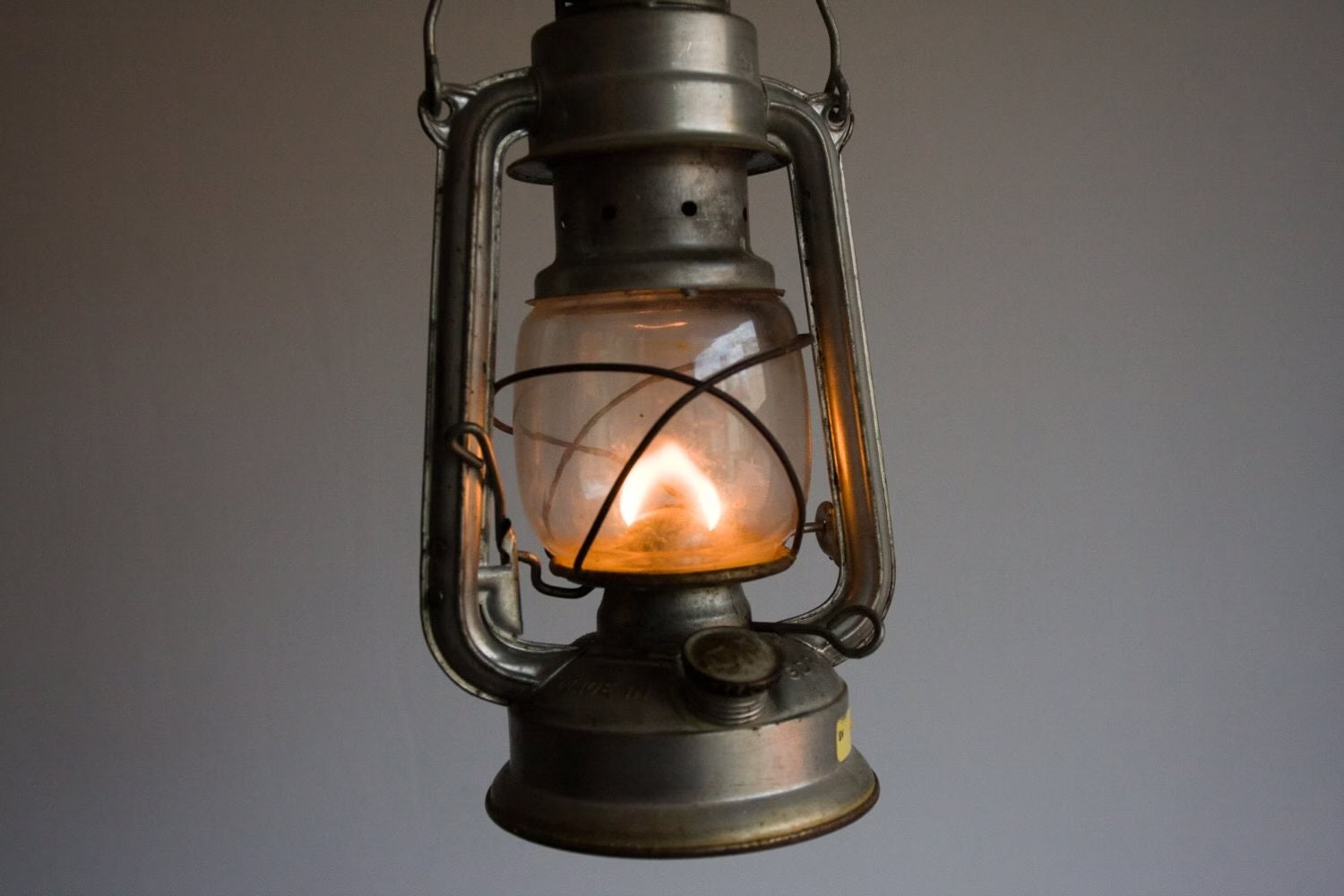
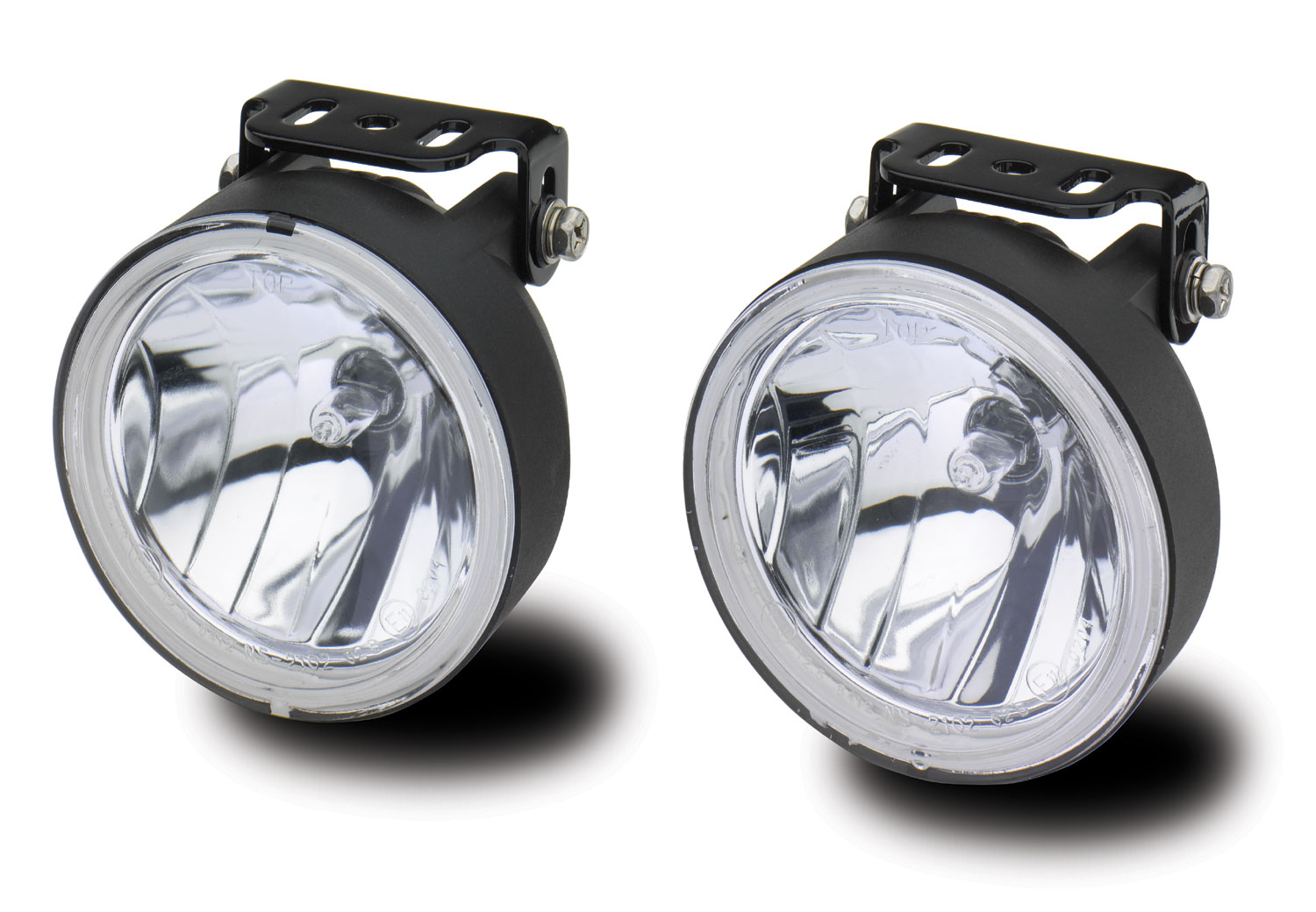

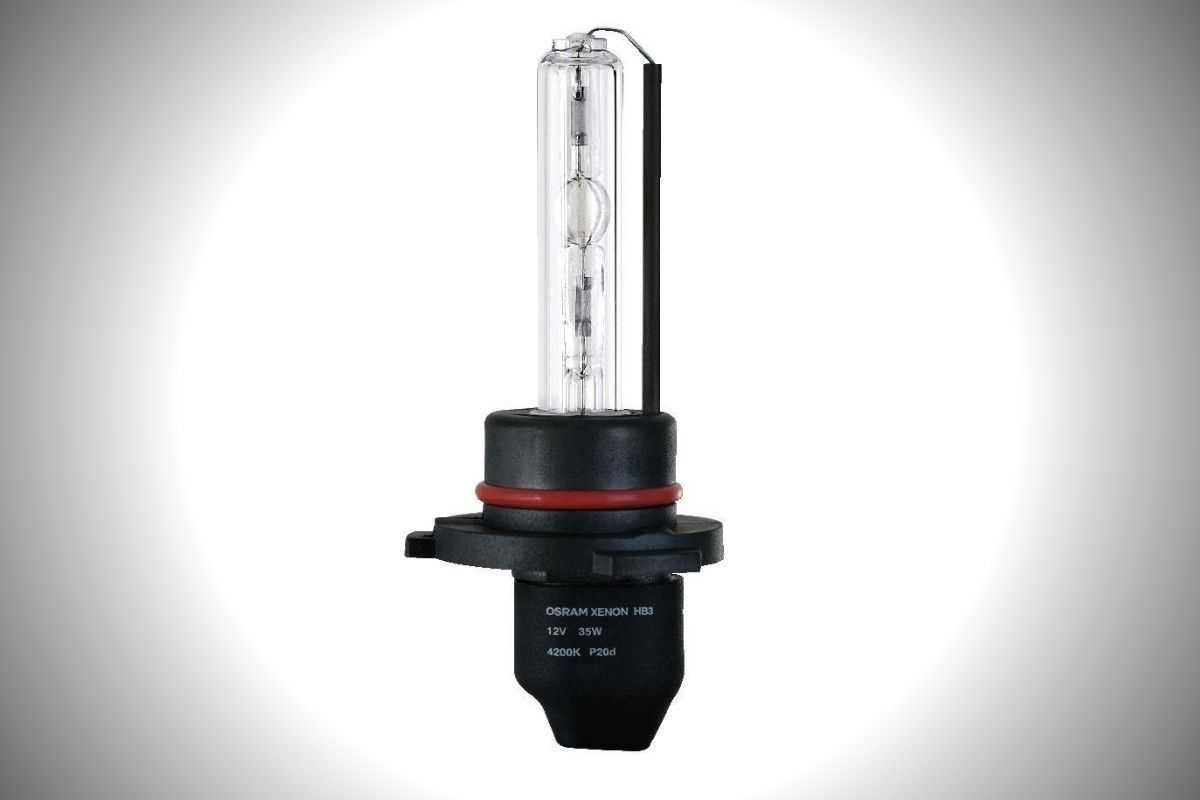
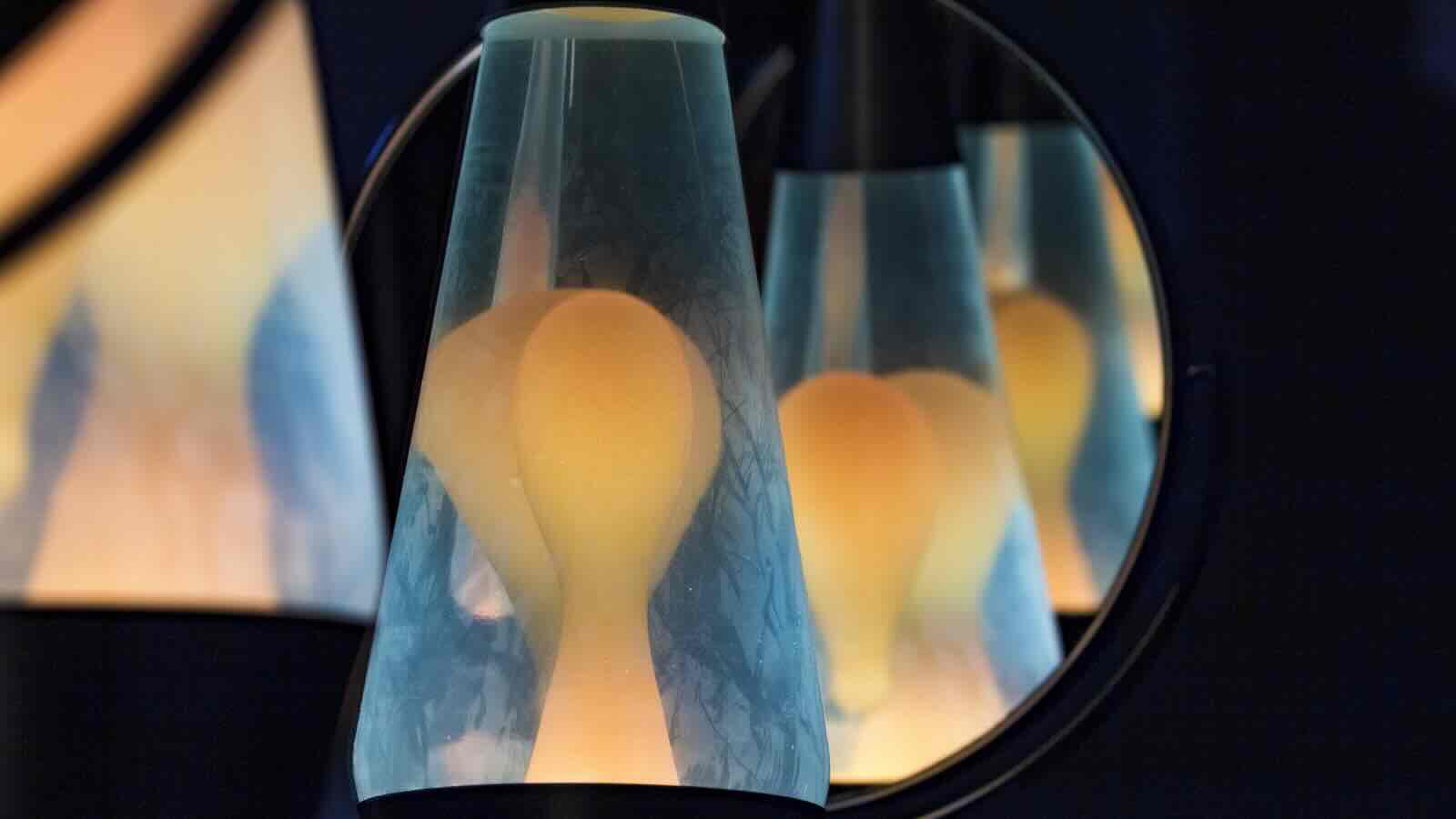
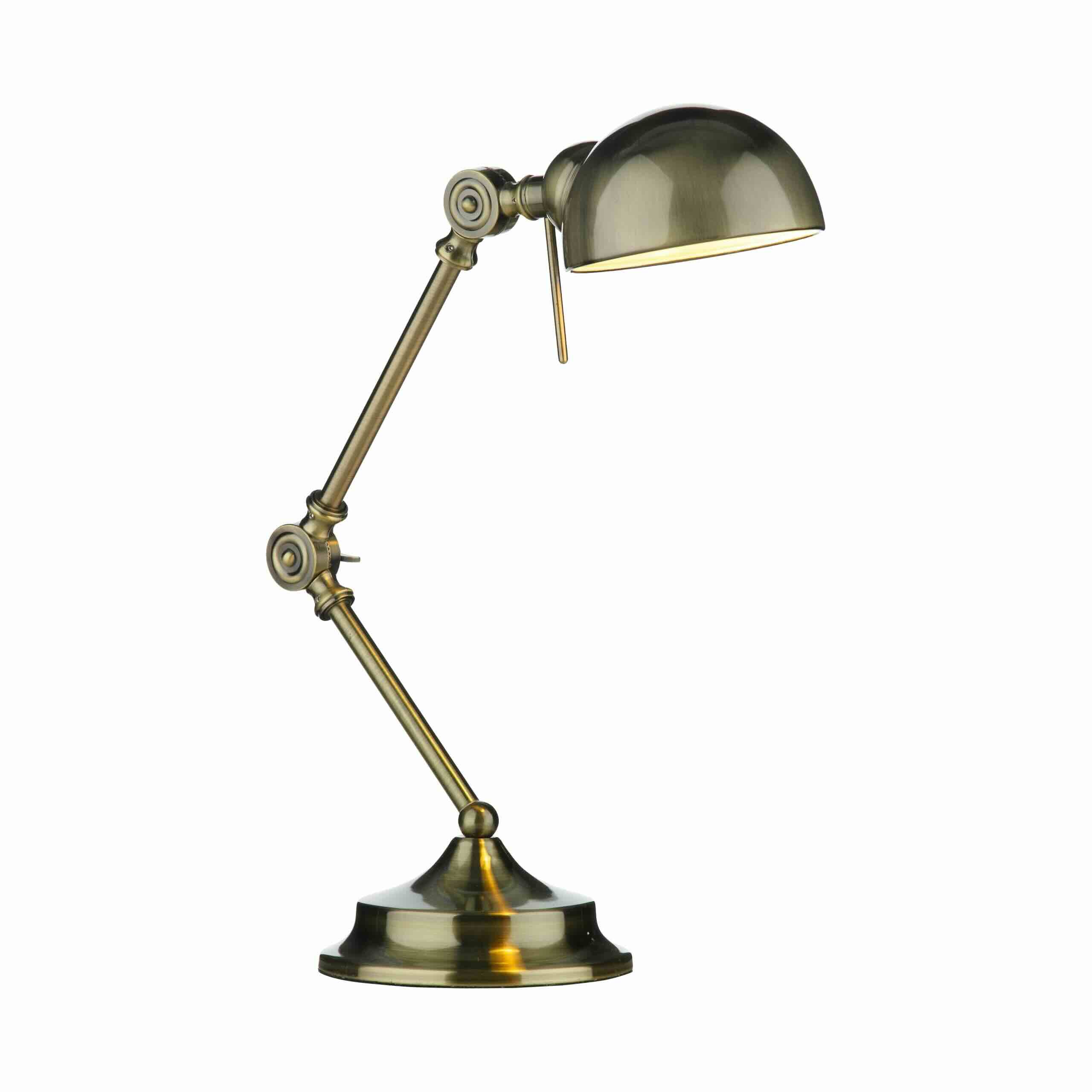
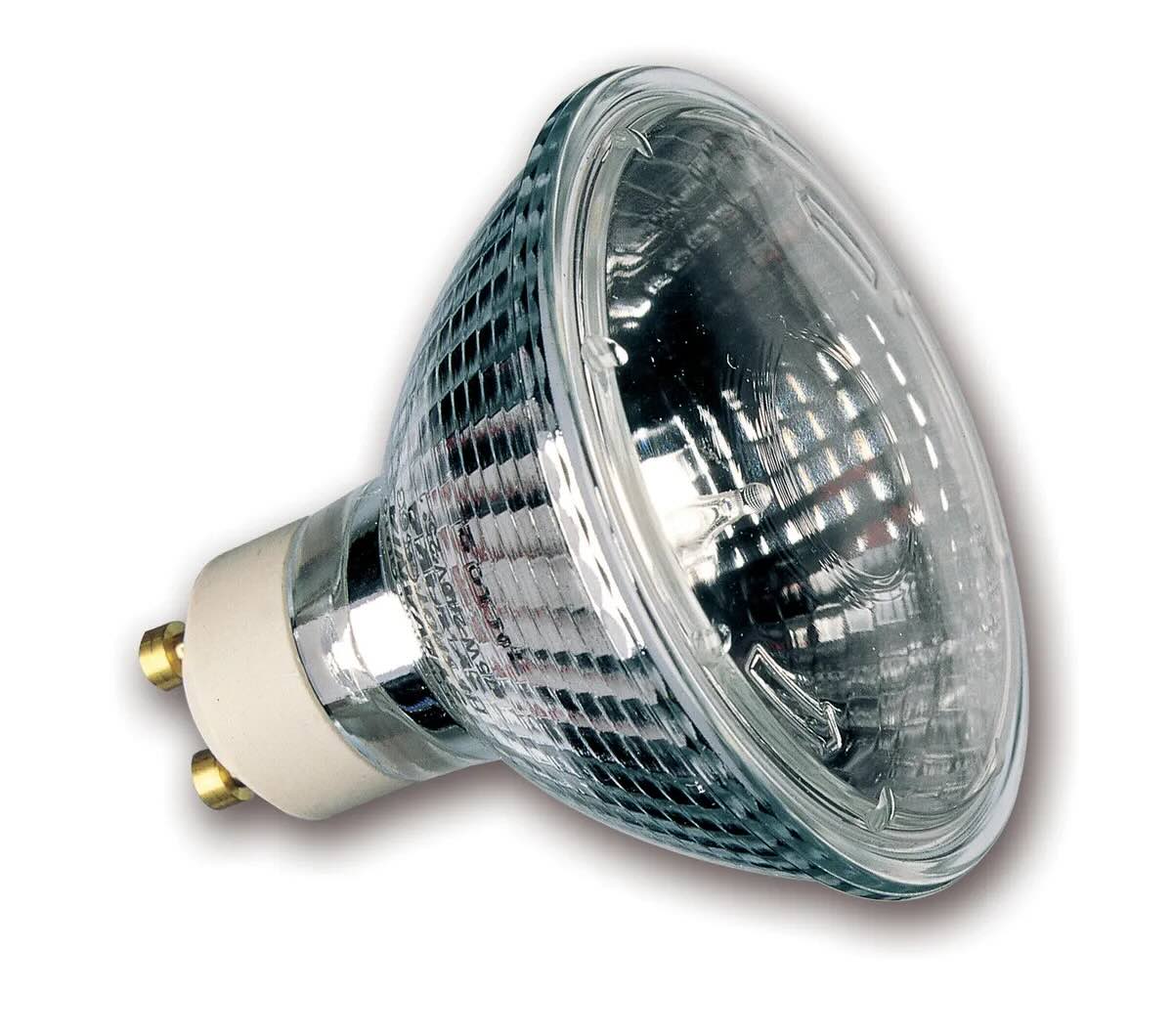
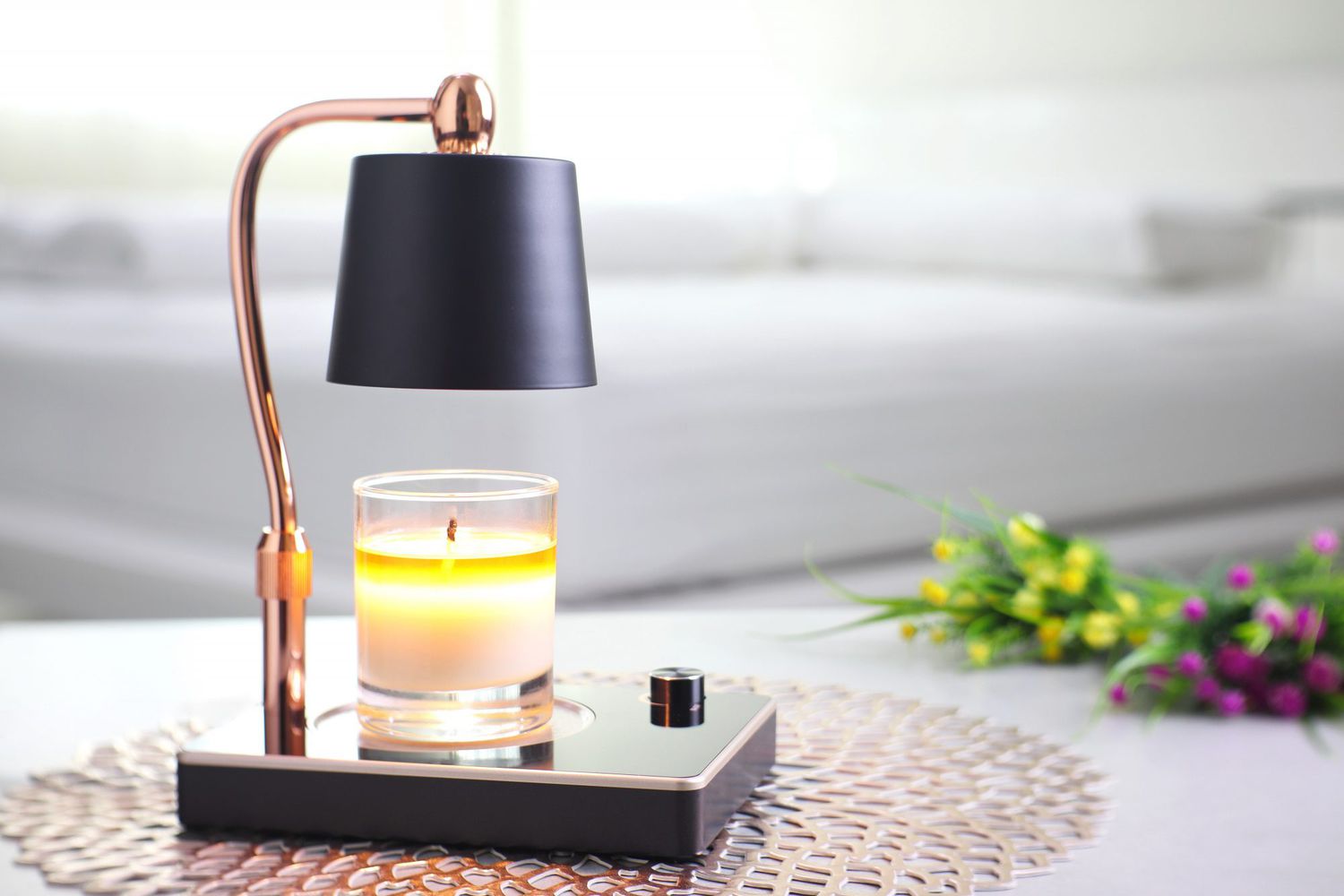

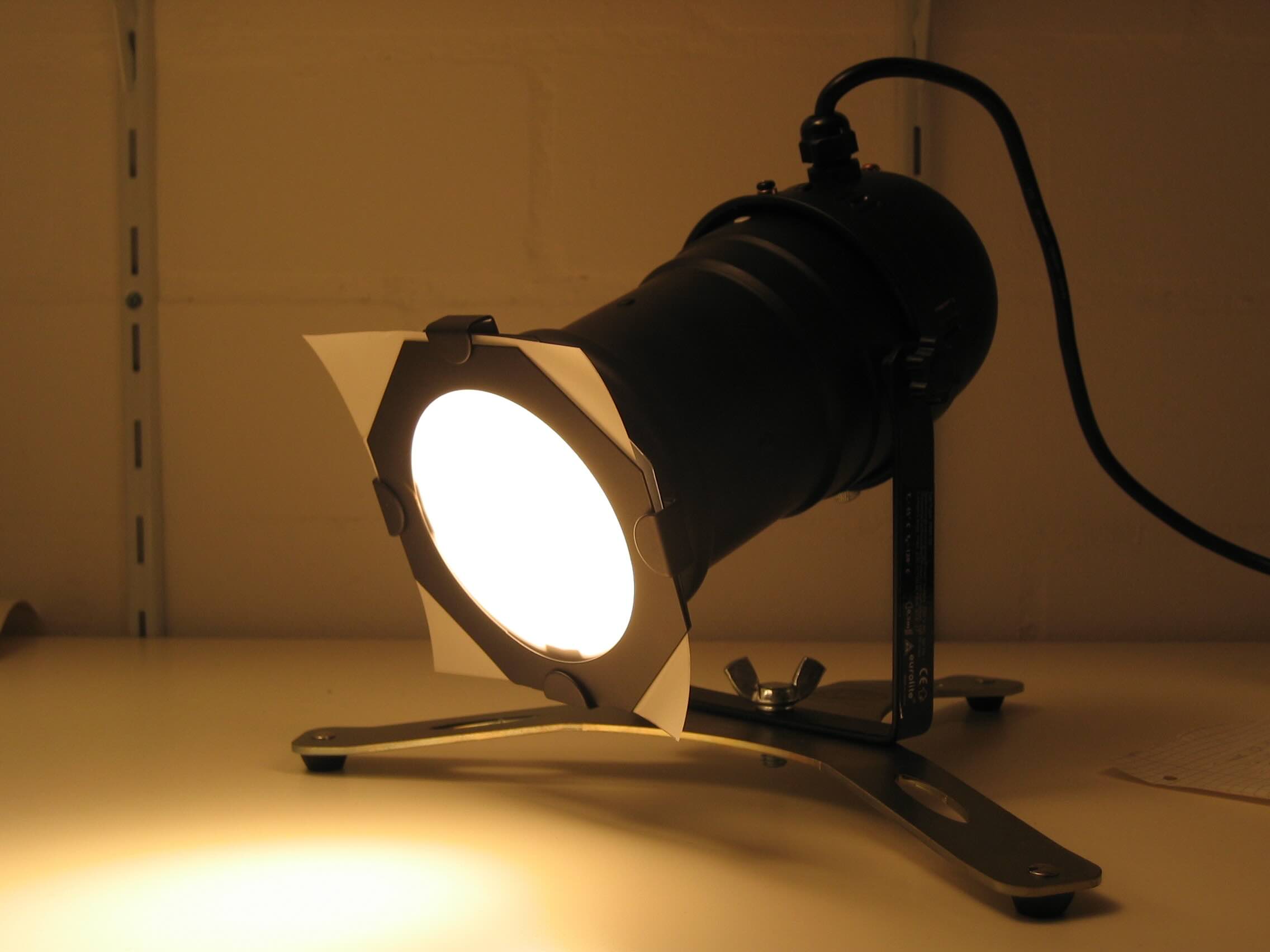
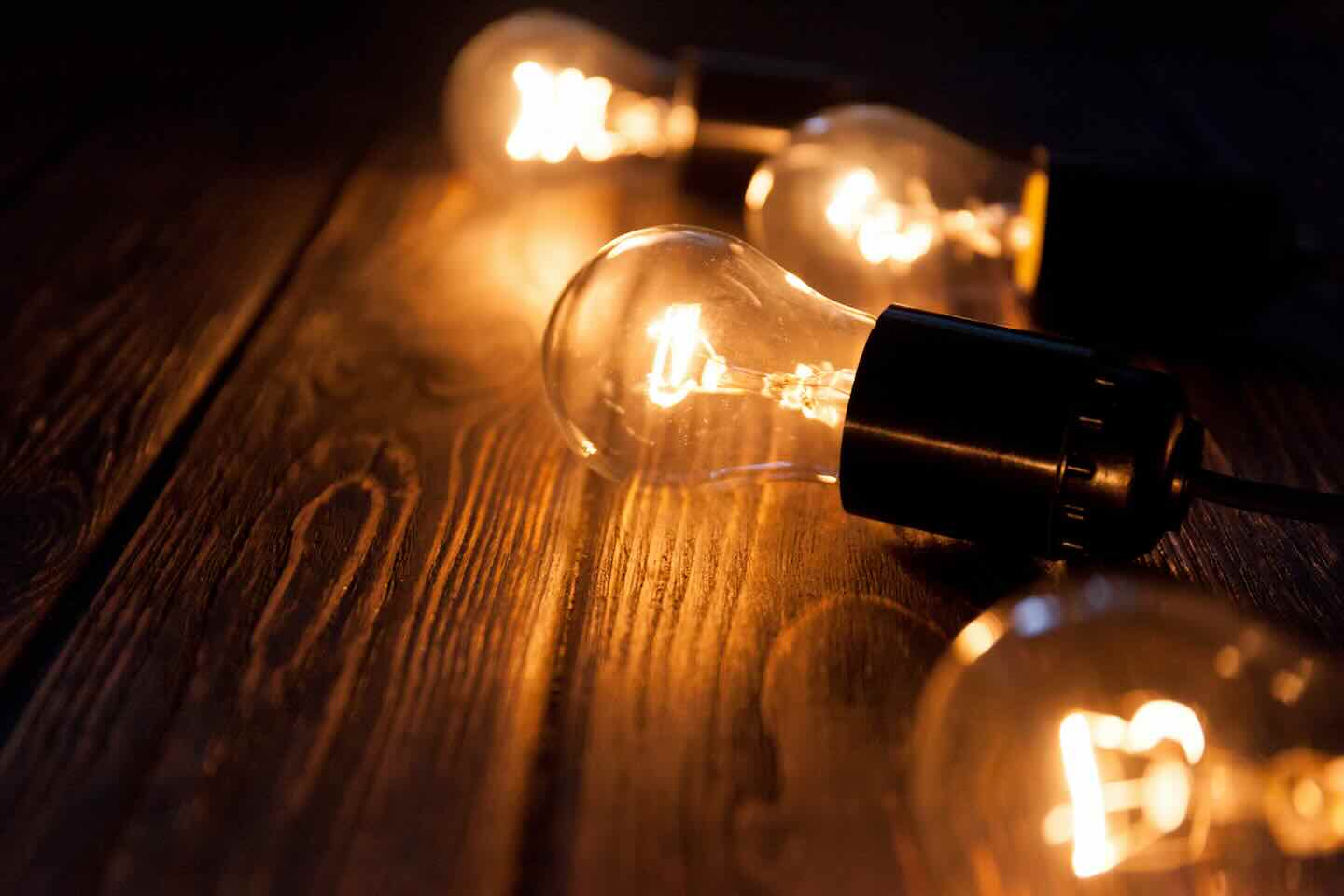
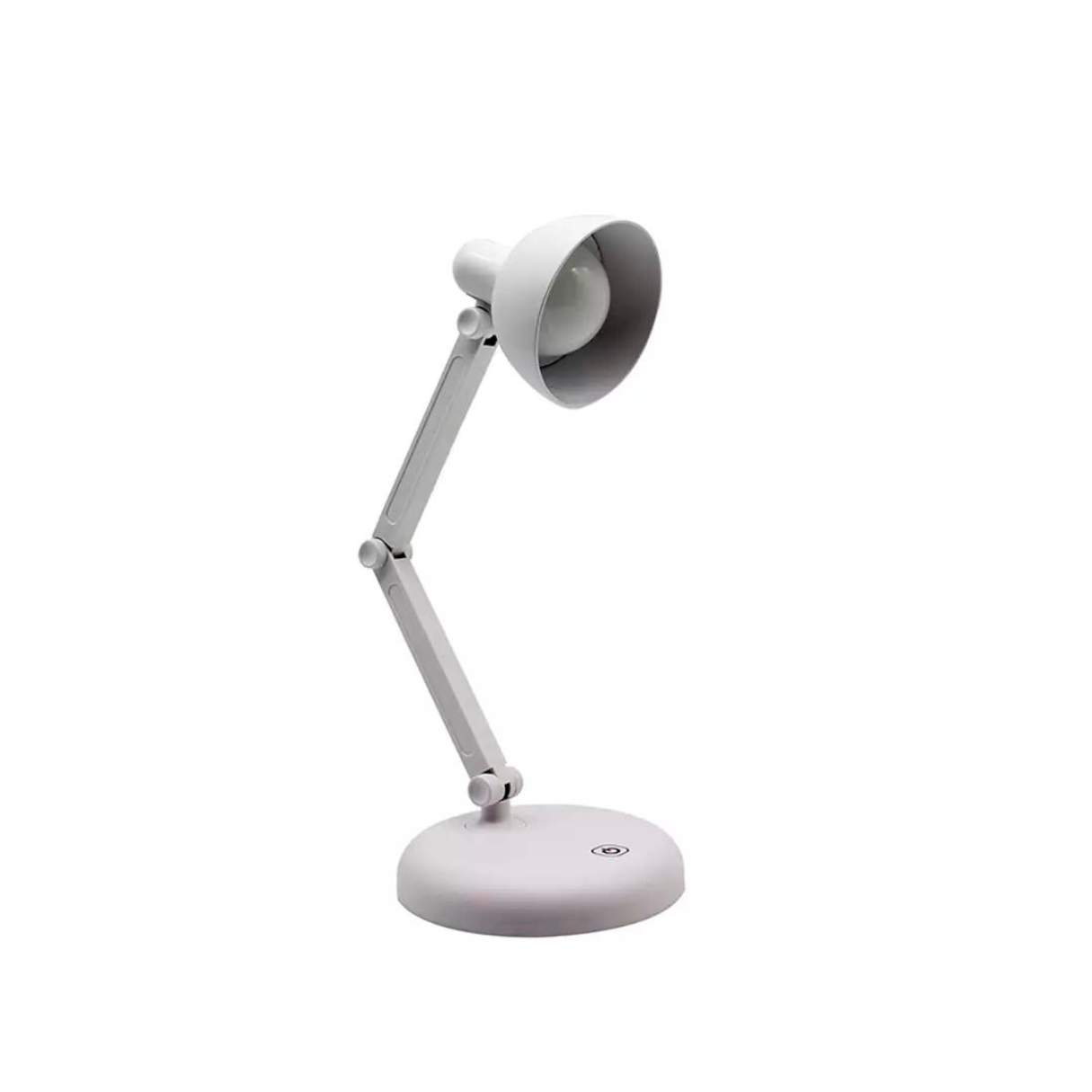



0 thoughts on “What Is A Slit Lamp”